Short answer? Yes, short skis can help you feel more in control and less intimidated on the slopes. They're lighter, easier to maneuver, and quicker to learn on compared to longer skis. For beginners or nervous skiers, this can make a huge difference in building confidence.
Here’s why short skis, like Snowfeet's Skiskates or Skiblades, stand out:
- Easier Turns: Shorter skis respond faster, making it simpler to steer and stop.
- Faster Learning: Many users say they feel comfortable within minutes, not hours.
- Less Intimidating: Lighter and smaller, they’re easier to carry, handle, and recover from falls.
- Boot Compatibility: Use them with winter boots, snowboard boots, or ski boots - no special gear needed.
- Versatile Terrain: Ski on slopes, trails, sledding hills, or even your backyard.
For beginners, models like the 44 cm Skiskates or 65 cm Skiblades are perfect to start with. As you progress, you can move up to longer options like the 99 cm or 120 cm short skis. They’re also affordable, starting at $150, compared to traditional ski gear that can cost $600+.
If you’ve ever felt overwhelmed by long skis, short skis might just be the confidence boost you need. 🙂
Why Short Skis Build Confidence Better
Better Control and Easier Turns
Short skis use simple physics to make skiing easier and more controlled. While traditional skis from brands like Rossignol and Atomic typically measure between 67 and 71 inches, Snowfeet* products are much shorter, ranging from 17 to 47 inches. This size difference makes a big impact on how you handle them.
With shorter skis, more force is concentrated along each inch of the edge, which allows for sharper and quicker turns compared to longer skis. This means they’re faster to respond, especially in tight turns, and they create less drag on the snow, so you don’t have to work as hard to change direction. For beginners, this added responsiveness is a game-changer. The 44 cm Skiskates, for instance, feel like natural extensions of your feet, giving you precise control and making the learning process feel safer and more natural.
Faster Learning with Less Fear
Learning to ski with Snowfeet* is simpler and less intimidating. Shorter skis take less energy to turn or stop, creating a safer and more beginner-friendly environment. They’re also more forgiving, which means you’re less likely to catch an edge or lose your balance. Some users even say they’ve picked up Snowfeet* skills in as little as 5 minutes. Models like the 65 cm and 99 cm Skiblades strike a great balance between stability and maneuverability, helping new skiers build confidence quickly.
Another big plus? Falling is less of a hassle with short skis. Their reduced length means there’s less leverage working against you, making it easier to recover and get back up. By addressing the common fear of losing control, these skis help beginners feel more secure right from the start. This combination of safety and ease makes hitting the slopes a lot more enjoyable.
More Fun and Less Intimidation
Strapping on Snowfeet* short skis can completely change how you feel about skiing. Traditional skis can feel clunky and overwhelming, but short skis make the sport feel playful and intuitive. Skiboards, for example, are easy to handle thanks to their compact size, giving beginners an immediate confidence boost. The 44 cm Skiskates blend the mechanics of skating and skiing, making them a natural fit for anyone with experience in ice hockey or rollerblading.
Another bonus? Snowfeet* products aren’t limited to ski resorts. You can use them on slopes, hiking trails, or even sledding hills. Their versatility means you’re free to explore different terrains without being tied to perfectly groomed runs. Plus, their lightweight and compact design makes them easy to carry and manage, so you can focus on having fun instead of wrestling with heavy gear. For older skiers, the reduced risk of falling and the ease of use make short skis an especially appealing choice. With less stress and more freedom, you can fully enjoy the experience while honing your technique.
Short Skis vs Long Skis and Snowboards
Why Snowfeet* Stands Out Compared to Long Skis
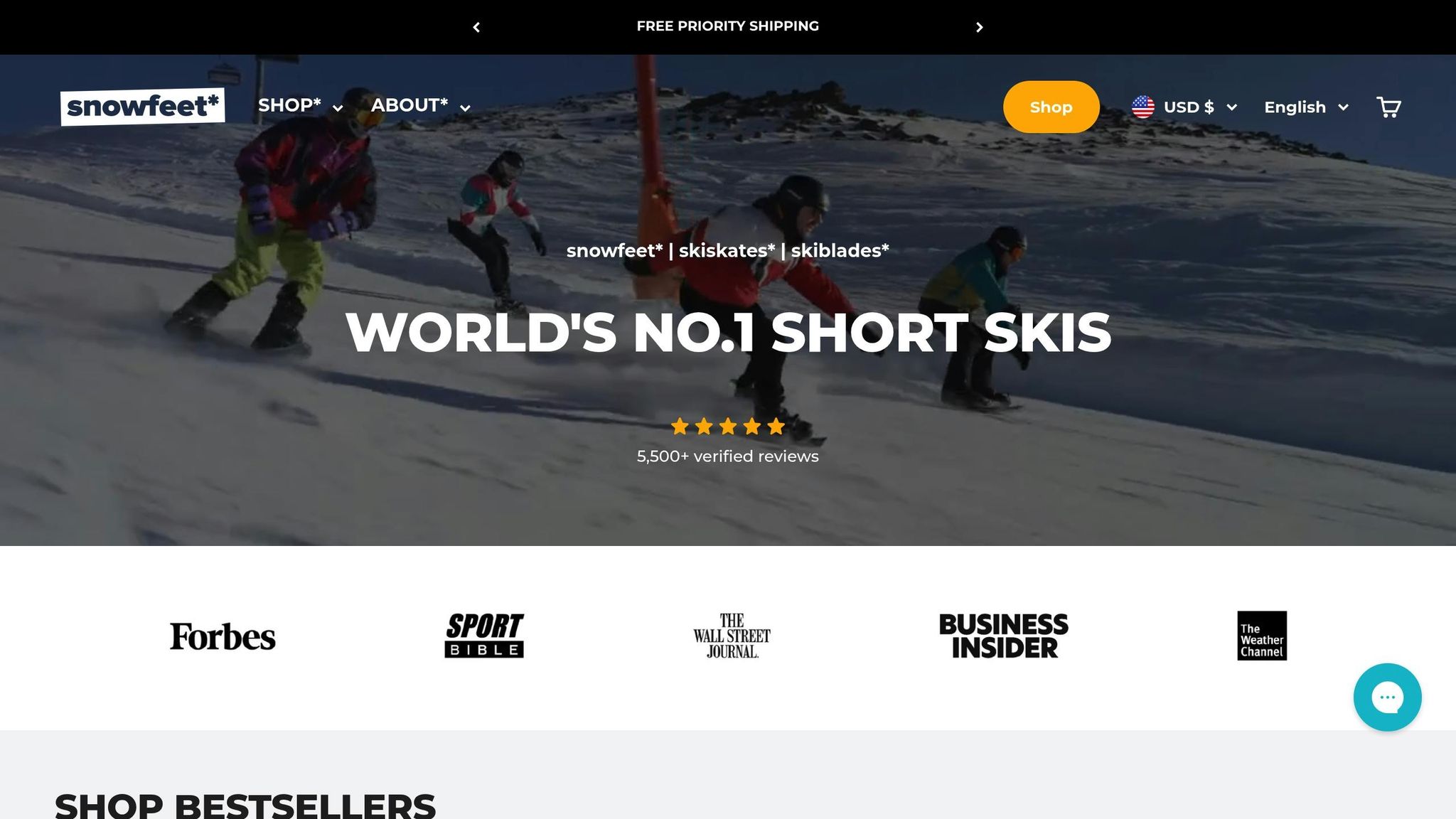
When you put Snowfeet* products side by side with traditional long skis from brands like Rossignol, Atomic, Head, or Elan, the differences are striking. Traditional skis usually span 5.5–6 feet, making them cumbersome to carry around. Snowfeet*, on the other hand, are compact and portable, with lengths ranging from just 17 inches (Skiskates) to 47 inches (Short Skis).
This portability is a game-changer. Unlike traditional skis that demand ski bags or roof racks, Snowfeet* products can fit snugly into a backpack. Whether you're heading out on a hike, packing your car trunk, or taking public transportation, Snowfeet* make it easy.
Another big plus? Boot compatibility. Traditional skis require specialized ski boots, which can be pricey and uncomfortable. Snowfeet* work with what you already have - winter shoes, snowboard boots, or even ski boots.
And let’s talk about learning. Traditional skis often come with a steep learning curve, requiring hours (or even days) of lessons. Snowfeet*? They’re intuitive. As the company puts it:
"Long enough to ski, short enough to skate. Easy to Learn and Use. Strap in and ride – no lessons needed."
Many users say they’re able to pick up the basics in just minutes, not hours.
Snowfeet* also win when it comes to terrain. While traditional skis are mostly built for groomed slopes, Snowfeet* shine on a variety of surfaces - slopes, hiking trails, sledding hills, and even your backyard. This versatility means you’re not limited to ski resorts; you can enjoy winter fun practically anywhere.
Here’s a quick comparison to highlight the differences:
Feature Comparison Table
| Feature | Snowfeet* Products | Traditional Long Skis | Snowboards |
|---|---|---|---|
| Length Range | 17–47 inches | Typically 66–71 inches | Approximately 48–65 inches |
| Weight | Lightweight and portable | Heavier and bulkier | Moderate weight |
| Portability | Fits in a backpack | Requires roof racks or bags | Needs special bags |
| Boot Compatibility | Works with winter shoes, snowboard boots, or ski boots | Requires specialized ski boots | Uses snowboard boots only |
| Learning Time | About 5 minutes to get started | Often takes hours or days | Typically takes longer |
| Terrain Use | Works on slopes, trails, hills, and backyards | Best for groomed slopes | Primarily for groomed slopes |
| Age Range | Suitable for ages 5 to 105 | Generally for users 8 years and older | Usually for ages 10 and up |
| Lessons Required | No lessons needed | Instruction often required | Instruction typically needed |
| Maneuverability | Quick, responsive turns | Slower turns, less responsive | Moderate responsiveness |
User reviews back up these benefits. Andrew B. said, "These skiblades are so much fun and easy to control. Never going back to regular skis." Nathan F. chimed in with, "Absolute game-changer! They're light, fast, and incredibly fun to ride."
Another area where Snowfeet* outshine snowboards is freedom of movement. Snowboards lock both feet onto a single board, limiting independent leg motion. This can feel restrictive and makes recovering from falls trickier. Snowfeet* let your legs move independently, giving you the natural motion of walking or skating. This freedom helps build confidence and improves balance.
As Snowfeet* explains:
"In general, short skis provide more fun and freedom of movement, they are playful, responsive, lightweight on your feet, easier to stop, and for many skiers easier to ride as opposed to cumbersome long skis."
While longer skis are often praised for their stability, they sacrifice maneuverability and fun - two things Snowfeet* deliver in spades.
Real Benefits of Snowfeet* Skiblades and Skiskates
Lightweight and Easy to Carry
Snowfeet* products are made from lightweight plastic, which is tougher than wood-core skis. While traditional skis can stretch over 5 feet, Snowfeet* gear ranges from just 15 to 47 inches. Specifically, the Skiskates are a compact 17 inches (44 cm).
This compact, lightweight design means you can toss them in a backpack - seriously, they’re that portable. Whether you’re trekking to a hidden slope or throwing them in your car for a quick snow adventure, they’re easy to carry. Plus, their shorter size makes them a breeze to handle on ski lifts or in crowded lodges. This portability doesn’t just make life easier; it opens up more opportunities for fun on all kinds of snowy terrain.
Versatile for Different Terrains
Snowfeet* gear is designed to tackle nearly any snowy surface, from groomed ski runs to backyard sledding hills. The original Snowfeet* Mini Ski Skates are perfect for hiking trails, cross-country paths, sledding spots, or even a snowy hill near your home. Their adaptability turns any snow-covered area into your personal playground.
Skiskates excel on ski slopes and in snow parks, handling moguls, uneven terrain, and moderate powder with ease. Skiblades, on the other hand, are great for carving turns, performing tricks in snow parks, and gliding through powder. Real users love them. For instance, Jakub F., a seasoned snowboarder, used Snowfeet* to teach his kids to ski and praised their agility and comfort on the slopes. Another user, KB, tested them in Big Bear, California, and found them more comfortable than traditional skis in choppy snow conditions.
"With these little skis, you feel much more agile, faster, and above all – comfortable."
– Jakub F.
Compatible with Regular Winter Boots
One of the best features? You don’t need special boots. Snowfeet* products work with your regular winter boots. The original Mini Ski Skates are designed to fit most winter shoes, making them a great option for beginners - no need to spend extra on specialized gear.
For even more flexibility, Skiskates can be paired with either ski boots or snowboard boots. Skiblades also allow snowboard boots when you opt for the snowboard binding option. Snowfeet* recommends snowboard boots for the best performance on slopes, but regular winter shoes are ideal for hiking or casual fun on sledding hills. If you have smaller feet, snowboard boots might fit better with Snowfeet* bindings. To suit different needs, Snowfeet* offers three binding options - Basic, Standard, and Pro X - all with anti-slip surfaces to keep your boots securely in place.
This clever design not only makes them easy to use but also builds confidence, whether you’re a first-timer or a seasoned snow enthusiast.
sbb-itb-17ade95
Are Short Skis Better for Beginners?
Choosing the Right Snowfeet* Product
Picking the right Snowfeet* model can make all the difference in how confident and comfortable you feel on the slopes.
Best Options for Beginners
If you're just starting out, the 44 cm Skiskates are a fantastic choice. These were introduced in 2019 and have been a hit with beginners and intermediates ever since. They offer a skating-like experience and are easy to handle on gentle slopes, making them perfect for learning twists, jumps, and quick turns. Want something a bit longer? The 65 cm Skiblades might be your go-to. They provide a smooth transition between skating and traditional skiing, giving you a bit more freedom to move while still feeling stable.
Beginners should stick to gentle slopes at first. Over time, as your confidence grows, you can explore more advanced models that provide better support and performance.
Moving Up to Advanced Models
Once you’ve nailed the basics, it’s time to level up. The 99 cm Skiblades are a great next step, offering a balance of responsiveness and support. Feeling even more adventurous? The 120 cm Short Skis are the closest you'll get to traditional skiing, with added stability and better handling in soft snow. This gradual progression - from shorter, easy-to-turn skates to longer, more stable skis - helps you build skills without feeling overwhelmed.
Pricing and Product Range
Snowfeet* products stand out not only for their performance but also for their affordability compared to traditional ski gear. For instance, the Mini Ski Skates start at just $150, making them an accessible option for newcomers. The Snowfeet PRO (50 cm) is priced at $199, offering enhanced performance for those ready to step up. If you’re eyeing the Skiskates (44 cm), they’re available starting at $390 and feature a durable wood core similar to standard skis. The Skiblades come in two sizes: the 65 cm option starts at $450 for tricks and quick turns, while the 99 cm version is priced at $490 for carving and light powder use. At the higher end, the 120 cm Short Skis are available for $690 and are ideal for advanced skiers.
For comparison, a good pair of traditional skis from brands like Rossignol or Atomic can cost anywhere from $600 to $800 - and that’s without bindings or boots. Snowfeet* offers an affordable way to hit the slopes without breaking the bank.
| Model | Length | Price | Best For |
|---|---|---|---|
| Mini Ski Skates | 15 inches (38 cm) | From $150 | Beginners, hiking trails |
| Snowfeet PRO | 20 inches (50 cm) | $199 | Enhanced performance |
| Skiskates | 17 inches (44 cm) | From $390 | Beginners & intermediate, slopes |
| Skiblades | 26 inches (65 cm) | From $450 | Quick turns, tricks |
| Skiblades | 39 inches (99 cm) | From $490 | Carving, light powder |
| Short Skis | 47 inches (120 cm) | $690 | Advanced skiing |
Building Confidence with Snowfeet*
Snowfeet* products make it easier to build confidence on the slopes, thanks to their improved maneuverability and quick learning curve. From your very first run, the immediate control they offer helps you feel at ease.
The shorter and lighter design - like the 44 cm Skiskates or 65 cm Skiblades - makes quick turns, stops, and smooth maneuvering a breeze compared to traditional long skis. This ease of use helps you pick up skills faster, giving you a solid foundation to grow.
Beginners often see rapid progress with Snowfeet*. Many users master confident turns within just a few runs. That early success is a huge motivator - it feels great to improve quickly, and that excitement keeps you coming back for more practice, building even more confidence along the way.
Another big plus? Snowfeet* works on a variety of terrains. You’re not stuck on groomed runs like with traditional skis. You can practice on small slopes, try out snowparks, or even have fun in your backyard. This flexibility means you can learn at your own pace without the stress of tackling intimidating ski runs too soon.
Practical features like boot compatibility and portability also remove common barriers. Most models work with regular winter boots, and they’re small enough to fit in a backpack. That means no need for bulky, expensive equipment - just grab your Snowfeet* and go. With fewer obstacles in your way, you can practice more often and gain confidence faster.
The progression system from 44 cm Skiskates to 120 cm Short Skis makes it easy to level up as your skills improve. You start with gear that feels similar to ice skating and gradually move to equipment that performs more like traditional skis - all while keeping the control benefits of shorter lengths. Each step builds on the last, giving you a clear path from beginner to advanced.
For anyone nervous about skiing, Snowfeet* offers a fun, approachable way to get started. Instead of wrestling with heavy, awkward gear, you’ll be using equipment designed to make you feel confident right from the start.
FAQs
Are short skis easier for beginners to learn and maneuver compared to traditional long skis?
Short skis, like Snowfeet Skiblades and Skiskates, are a great option for beginners because they’re much easier to manage than traditional long skis. Their smaller size makes them lightweight, quick to respond, and more forgiving, which means new skiers can pick up the basics faster and with less hassle. On the other hand, traditional long skis - like those from Rossignol or Atomic - are built for stability at high speeds but can feel overwhelming and tricky to control for someone just starting out.
Another bonus? Snowfeet's short skis make turning and stopping a breeze. This takes a lot of the fear out of falling and helps build confidence on the slopes. If you’re a beginner looking for a fun and low-pressure way to dive into skiing, short skis offer a much friendlier learning curve compared to the challenges of traditional skis.
Are there certain terrains or conditions where short skis might not be the best choice?
Short skis, like Snowfeet* Skiblades and Skiskates, shine in many situations but face challenges on specific terrains. For instance, they’re not the best choice for steep, icy slopes or deep powder, where stability, edge grip, and flotation play a big role. Their smaller size makes it harder to maintain grip on ice or stay afloat in soft, deep snow.
They can also feel less stable at higher speeds and may lack the muscle needed for sharp, aggressive turns on rough, unpredictable terrain. While they’re fantastic for boosting confidence and nailing the basics, advanced skiers tackling extreme slopes might prefer longer skis from brands like Rossignol or Atomic. That said, for most casual skiers, Snowfeet* short skis offer a winning combo of portability, versatility, and simplicity.
How do I choose the best Snowfeet model for my skill level and skiing goals?
When picking the right Snowfeet model, beginners should go for shorter, lighter options like the 65 cm or 99 cm sizes. These are much easier to handle, helping you build confidence and get the hang of the basics. Plus, their forgiving design makes falling less intimidating, so you can focus on having fun while learning.
If you're a more experienced skier or have specific performance goals, the longer 120 cm models offer better responsiveness and adaptability. Unlike traditional skis from brands like Rossignol or Atomic, Snowfeet stands out with its compact and portable design. This makes them a great option for anyone aiming to sharpen their skills in a fun, approachable way. Whether you're just starting out or returning to the slopes, Snowfeet delivers an exciting and confidence-boosting ride tailored to your level.







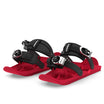
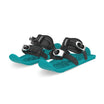












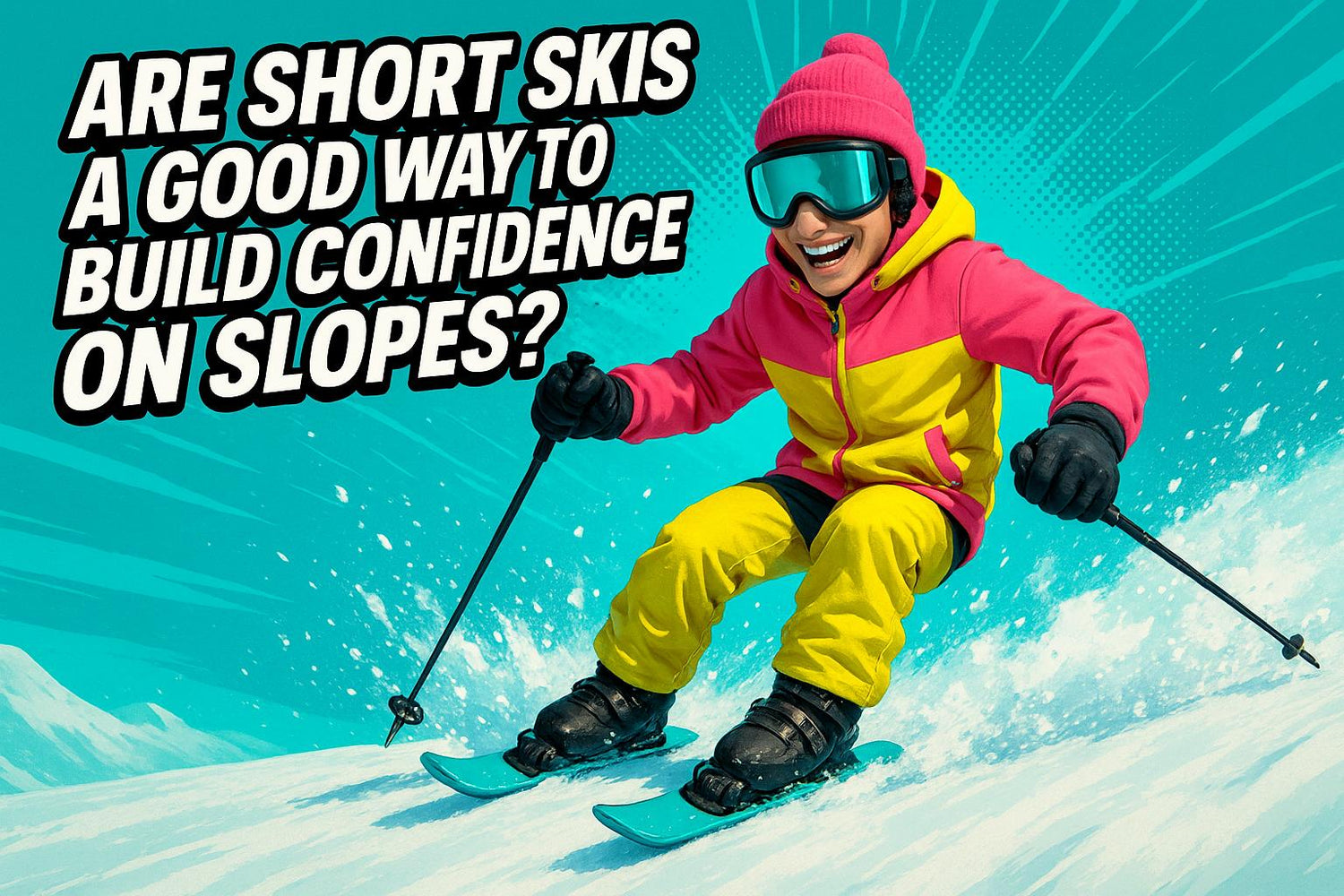

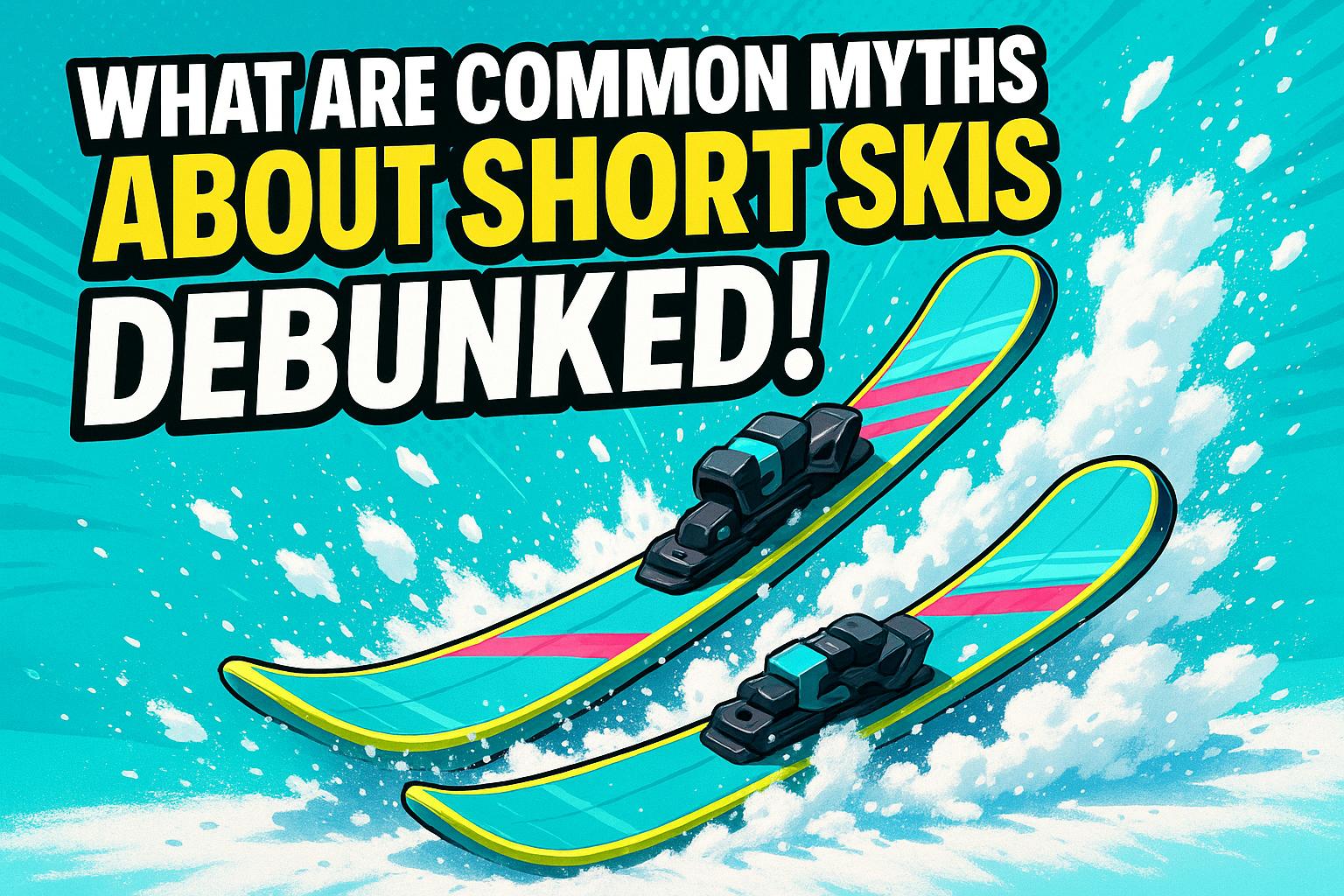




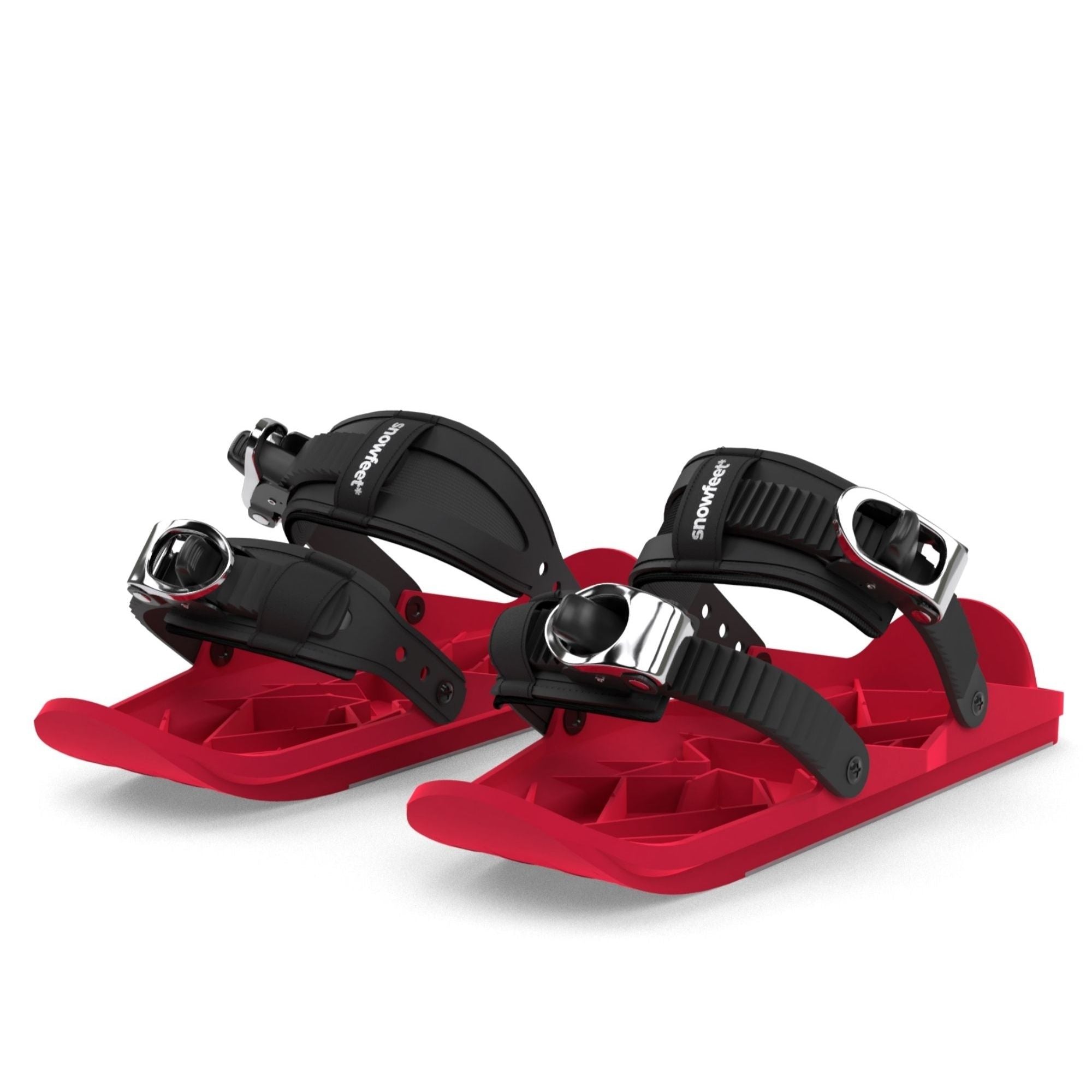
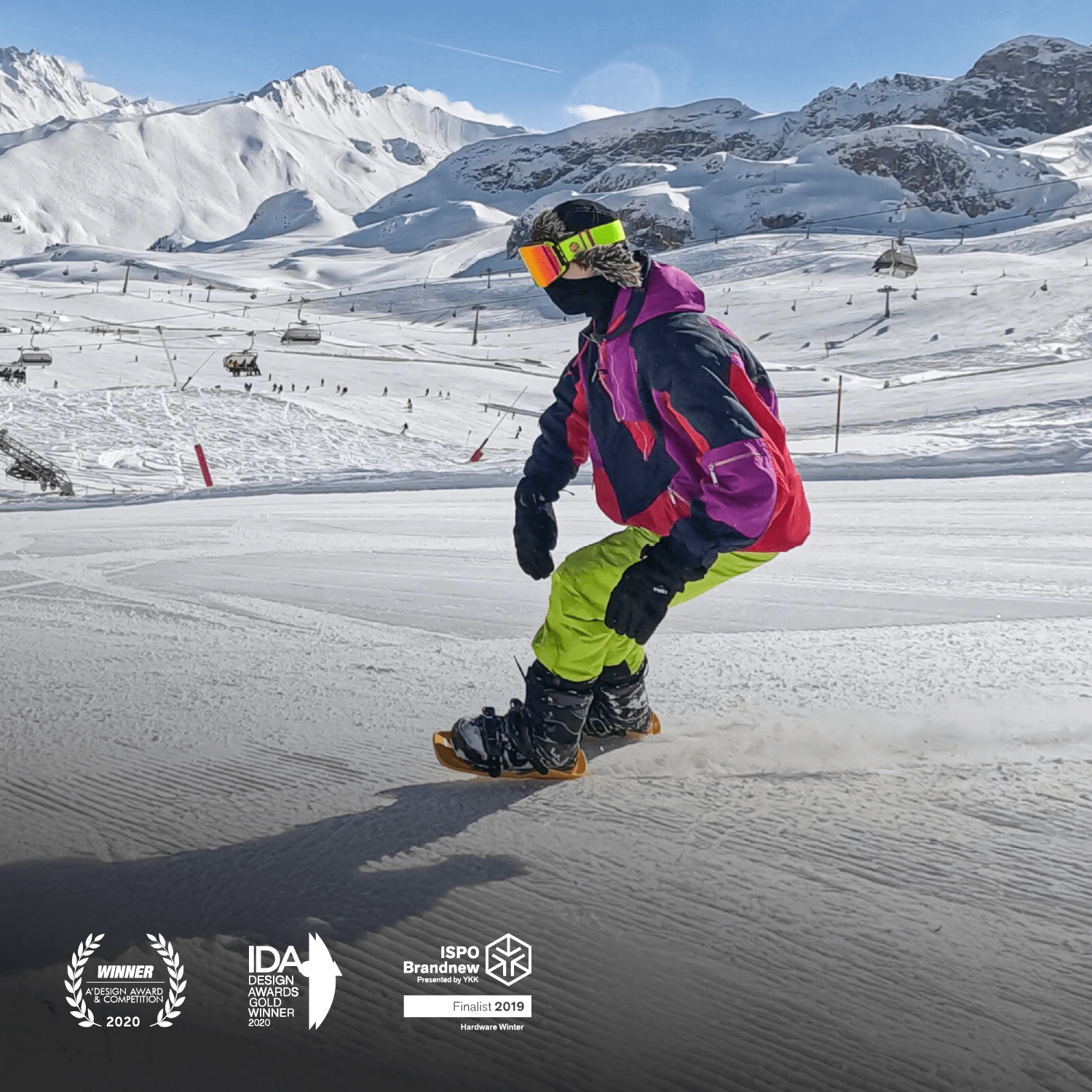




Leave a comment
This site is protected by hCaptcha and the hCaptcha Privacy Policy and Terms of Service apply.